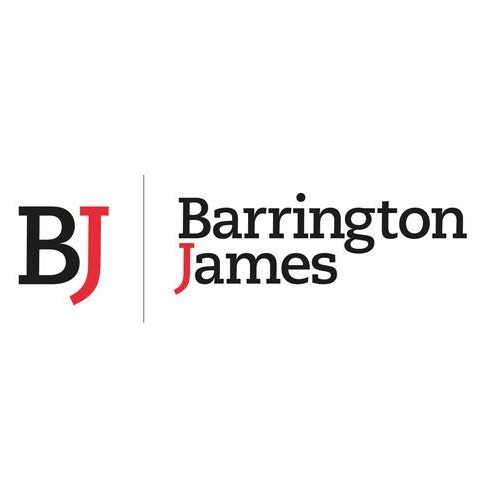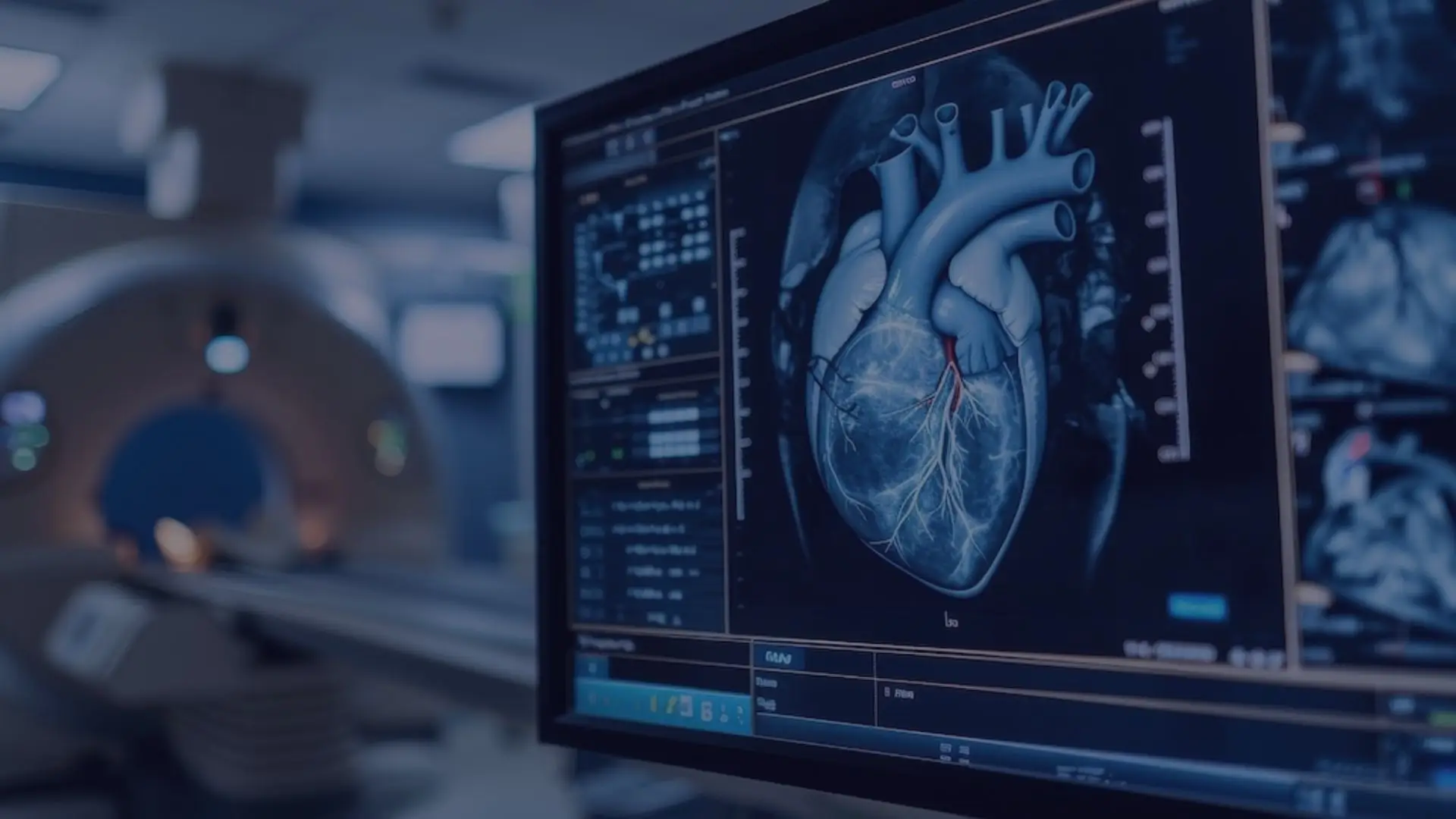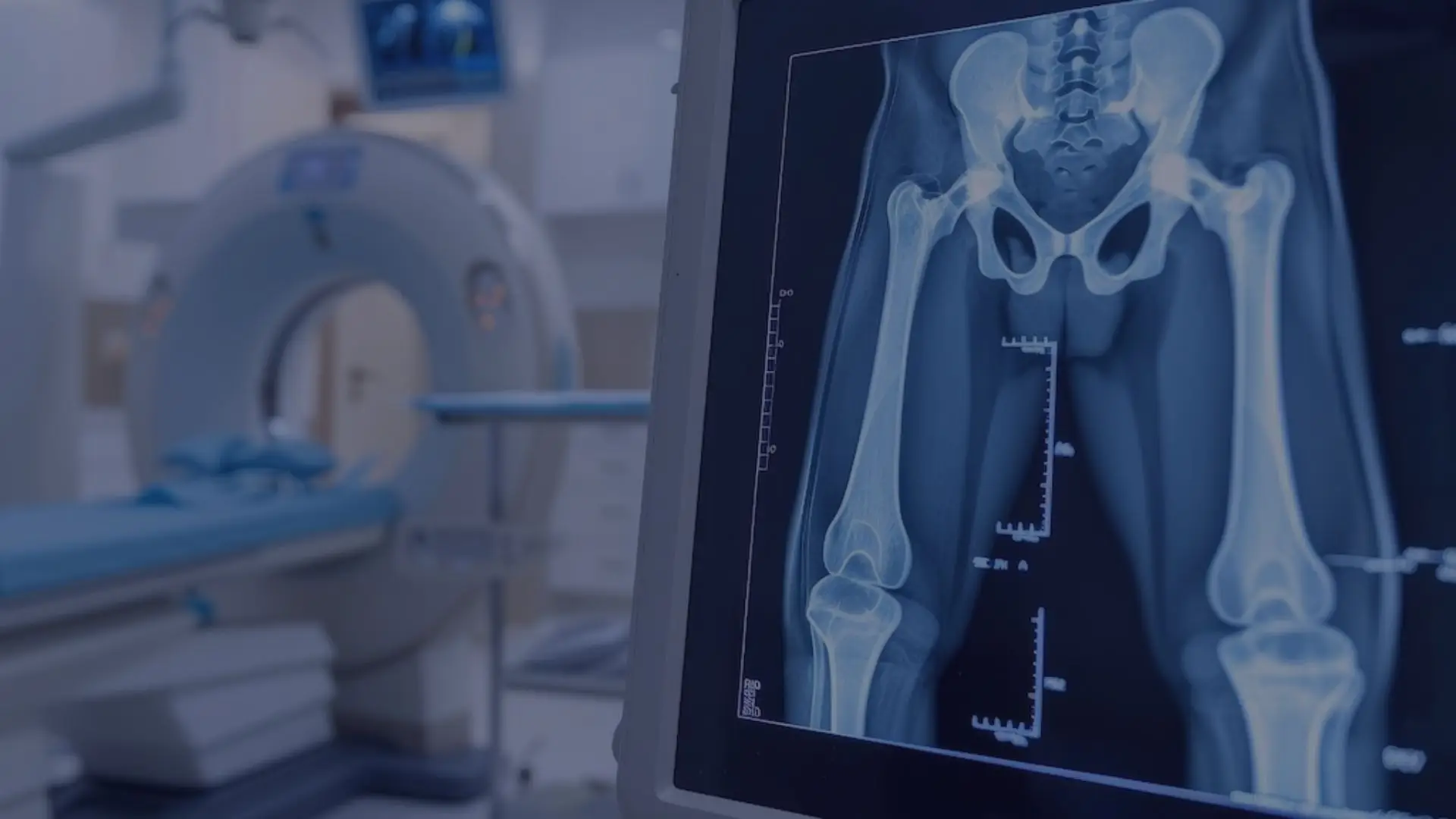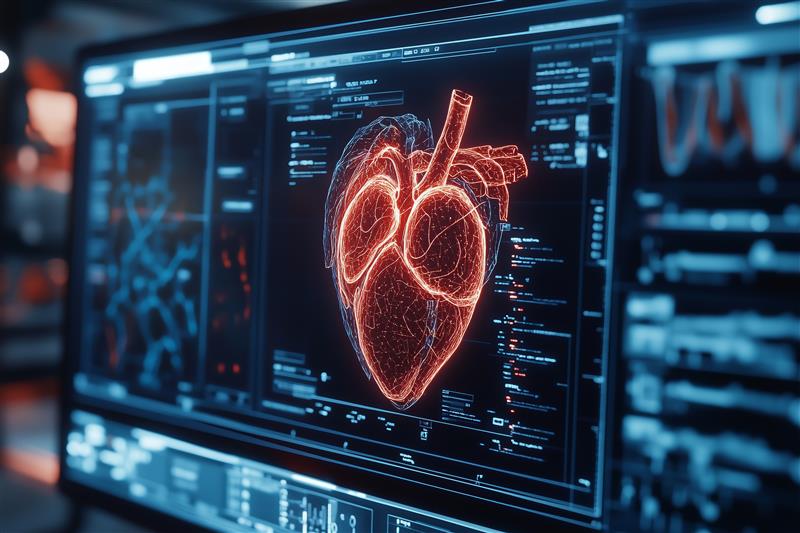The Latest Medical Device Investment Trends
24 Apr, 202515 minutesContinued investment in the medical device industry is vital as it has a direct influence on...
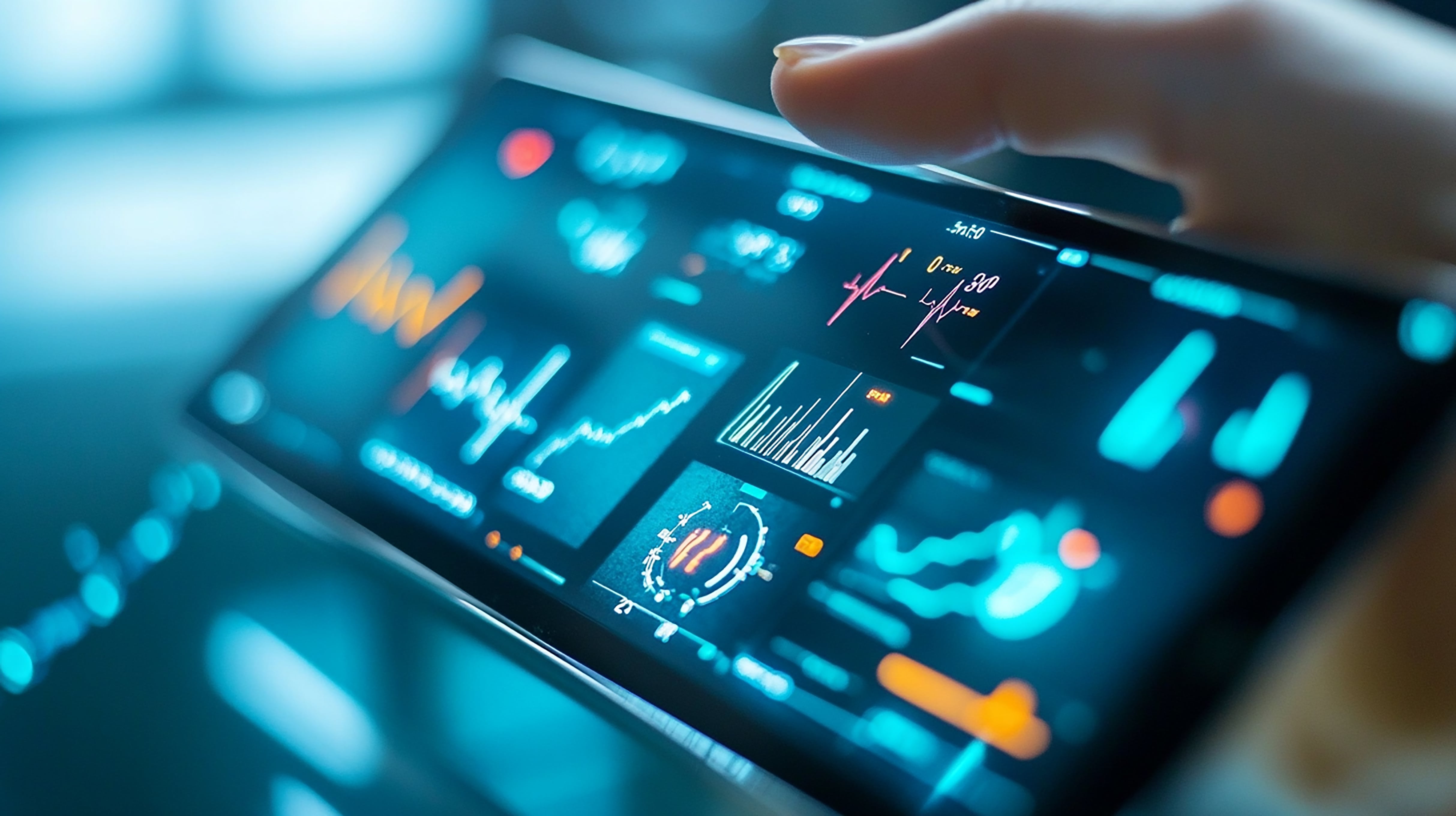
Continued investment in the medical device industry is vital as it has a direct influence on driving innovation, market expansion, regulatory approval, and, ultimately, patient outcomes. With advancements such as the rise of AI, wearable technologies, and robotics causing ripples across the medical care space, driving investment in the industry is crucial to its future and people's health worldwide.
With the global market predicted to grow at a rate of 5.57% annually to $669.74bn by 2029, our guide explores five current medical device investment trends, what their impact will mean for the industry and patient care, and the importance of keeping your staffing strategies on the pulse of the latest trends.
1. Wearable Technology
Wearable technologies have been synonymous with improving patient care and outcomes, as they offer tools that enable proactive health management. The increased consumer demand for personalized medical care solutions has led to a surge in medical device investment in areas such as:
Consumer Health Devices
Consumer health devices continue to become more sophisticated, offering specific features such as blood oxygen measurements and ECG monitoring. Consumer devices monitoring these signs had previously not sought regulated approval as, in the past, they provided low specificity in readings. However, increased innovation has led to more reliable and accurate data.
Rise of Remote Monitoring
Remote Patient Monitoring (RPM) saw an increase in momentum during the COVID-19 pandemic, and it is continuing to gather pace. RPM devices allow for health tracking without the need for frequent hospital visits and are increasingly seen as vital in chronic care management. Due to their ongoing development, these tools are attracting sustained investment as they align with wider medical care trends toward patient-centric care and decentralization.
The increase in demand for wearable technologies highlights a major shift that patients are becoming more involved in their medical care. This trend, which is being boosted by the increased focus on wellness and the intersection of technology, is likely to see more future investment as the benefits of wearable technologies become more apparent. This is also reflected in the predictions for the global market for wearable technologies, which is expected to reach $161 billion by 2033.
Market growth and increased investment will also impact the jobs market. The industry will likely see an increased demand for key medical device jobs such as R&D engineers, software developers, and regional sales managers to create and promote the latest wearable technologies.
2. Artificial Intelligence
The number of medical devices supported by AI and machine learning has dramatically increased over the past decade. In the first 8 months of 2024, the Food and Drug Administration (FDA) has authorized 950 AI-enabled medical devices. This represents a significant rise from just six approvals back in 2015. This surge in approvals is attributed to increased investment in AI, connected device advancements, and a better understanding of regulatory pathways for AI-driven medical software.
Three examples of AI-enabled medical devices that the FDA has approved include:
Neobeat by Laerdal
NeoBeat is a consumable-free and reusable heart rate (HR) meter for newborn babies. The hands-free device is easy to use and accurately displays the baby's heart rate.
NeoBeat only takes seconds to put on a newborn’s torso and quickly presents the heart rate. This fast detection means that the clinicians better understand the baby’s condition, enabling timely care continuation.
O-arm O2 Imaging System by Medtronic
This mobile X-ray system is designed to provide high-quality 2D fluoroscopic and 3D imaging in surgical settings. It can deliver real-time, multi-plane visualization of anatomic structures to enhance surgical precision and patient safety.
The system is used in spine, cranial, ENT, orthopaedic, and trauma-related procedures on adult and pediatric patients who meet specific weight and body thickness criteria. It offers compatibility with certain image-guided surgery platforms, helping to improve 3D visibility and surgical feedback. It supports surgeons in making informed decisions during procedures, helping to reduce risks associated with complex surgeries like spinal interventions.
Medihub Prostate by JLK
Medihub Prostate is an AI solution for prostate cancer, developed by JLK in partnership with the University of Missouri and Seoul Asan Hospital through clinical trials.
It is designed to aid prostate cancer diagnosis by analyzing prostate Magnetic Resonance (MR) images and through the assessment of Prostate-specific Antigen (PSA). Prostate cancer is the most common cancer among men in the US and therefore presents a major opportunity for JLK to expand and improve the lives of American patients. JLK’s CEO, Kim Dong-min, stated:
"Based on the FDA approval of MEDIHUB Prostate, we plan to pursue entry into the US market more aggressively. We intend to sequentially apply for FDA approval for three additional AI solutions between August and October."
AI is expected to play an increasing role in decision-support systems in the coming years. This will help clinicians make more informed choices by aggregating and analyzing vast amounts of patient data. Due to its growing use, the size of AI in the medical device market is expected to grow significantly. It will grow to $35.5 billion in 2029 at a CACR of 29.9%.
Looking to take advantage of the boom of investment in AI and machine learning in the medical device industry? At Barrington James, our dedicated medical device staffing team supports businesses connecting with skilled talent who can drive future innovation and discovery.
3. Increased Focus on Sustainability and ESG
Sustainability has become a major focus for many industries and investors, and the medical device industry is no exception. The medical care industry is responsible for generating over 4.6% of greenhouse gas emissions worldwide. The medical device sector is a top contributor due to single-use devices, consumables, and supply-chain emissions.
There is increasing pressure from investors and regulators for businesses to reduce the environmental impact of their medical devices and prioritize sustainable practices throughout their product development process. One solution to this issue is reprocessing medical devices. This has been shown to greatly minimize medical waste and drive enterprise growth. This practice has also been shown to reduce hospital costs by up to 50% and reduce ozone depletion by almost 90%.
Medical device companies are embracing ESG and implementing comprehensive initiatives to move toward carbon neutrality. An EY survey of life science CEOs found that 80% of medical device businesses have plans to adjust their global supply chains or operations to address sustainability concerns. Meanwhile, 55% reported that Mergers and Acquisitions (M&A) will be a key strategic play in gaining ESG expertise and driving sustainability.
4. Minimally Invasive Devices
Whilst the pursuit of less invasive medical procedures is not a particularly new concept, the innovation seen over recent years has pushed it into the spotlight. Due to an increased patient preference for faster recovery times and decreased postoperative pain, investors are showing more and more interest in minimally invasive and non-invasive devices.
The Rise of Robotics
Major companies such as Stryker, Asensus Surgical, and Intuitive Systems have been leading the rise of robotic-assisted surgery. These systems allow for increased precision and control, making them a more attractive investment as they continue to innovate and expand their capabilities.
Non-invasive Monitoring
Continuous glucose monitors (CGMs) and other devices provide less painful alternatives for people with chronic conditions. They are catching the attention of investors due to the device's ability to offer improvements in patient comfort and adherence. Also, they can compliantly collect data that could be used to develop improved quality medical care solutions.
The rise of minimally invasive devices represents the patient demand for less intrusive treatments while also supporting the medical care community to drive better outcomes. This creates an excellent foundation for investment, with the market expected to grow at a compound annual growth rate (CAGR) of 7.6% to reach $41 billion in 2028.
5. Potential Impacts on Medical Device Investment of Trump’s Tariffs
President Donald Trump’s changing trade policies are creating uncertainty for many businesses within the industry due to their reliance on global supply chains.
On April 2nd, 2025, known as ‘Liberation Day,’ the President declared a national economic emergency and set tariffs of a minimum of 10% across all countries, with even higher rates for 60 countries deemed the ‘worst offenders,’ including China and Taiwan. The announcement caused global stock markets to experience increased volatility and downturn.
However, just a week later, on April 9th, there was a further announcement to declare the pausing of most country-specific tariffs for 90 days while at the same time raising duties on imports from China to 125% (currently at 145% at the time of writing).
Due to the industry’s dependence on offshore manufacturing for raw materials and components, worries are that any disruption could lead to increased costs, potential delays in patient care, and supply shortages. Johnson & Johnson, for example, have stated that they expect the escalating worldwide tariffs to put a $400 million dent in their company’s financial forecasts.
Groups within the industry, such as the American Hospital Association, have repeatedly urged the Trump administration to exempt medical devices and supplies from tariffs. They argue that added costs could stifle R&D investment, cause potential layoffs, and drive up prices for both medical care providers and patients. Akin Demehin, Vice President of Quality and Patient Safety Policy at the AHA, stated:
“We appreciate that the Administration has exempted pharmaceuticals from reciprocal tariffs. At the same time, we recommend that the Administration consider tariff exemptions for medical devices. It is especially critical to have exceptions for medical products already in shortage and for which production in countries subject to the increased tariffs supply a significant part of the U.S. market.”
As the Administration continues to change its trade policies, experts within the industry have stressed the need for stability in decision-making. They have warned that ongoing uncertainty will eventually translate to increased costs and hesitation in long-term investment strategies.
BDO consultant Ashley Hetrick highlighted the concerns:
“R&D expenditures and investments in innovation and acquiring new technologies may be the easiest place for a company to cut if they’re really concerned about the near term.”
Keeping Your Staffing Strategy on the Pulse of the Latest Trends
With high potential growth in the medical device industry and increased investment in technologies such as AI and minimally invasive solutions, businesses must stay ahead of emerging trends. As AI integration grows, wearable technology expands, and robotics continue to refine surgical precision, the demand for specialist talent will grow.
Business leaders and talent acquisition teams need to anticipate workforce shifts as the battle for experts with skills ranging from R&D to AI development to regulatory affairs will become increasingly competitive. At the same time, the uncertainty surrounding trade policies, such as the Trump administration’s tariffs, could impact supply chains, increase costs, and potentially slow investment in innovation. Therefore, businesses must remain agile by balancing recruitment strategies with changing market conditions.
As an organization, you must keep your finger on the pulse of the latest medical device investment trends and tech advancements to ensure you are best positioned to attract and retain the talent needed to drive innovation. At Barrington James, we are ready to support you with this.
Looking for Global Medical Device Staffing Expertise?
Our guide has highlighted the importance of deep industry knowledge to ensure businesses can maximize their impact in the growing medical device market. Our team has a wealth of industry expertise and a vast candidate community to become your trusted partner in building high-performing teams across the US, Europe, and Asia Pacific.
Whether you want to discuss contract, permanent, or executive positions, our team will find the talent you need. Discover our dedicated medical device staffing page, or contact the team today.
